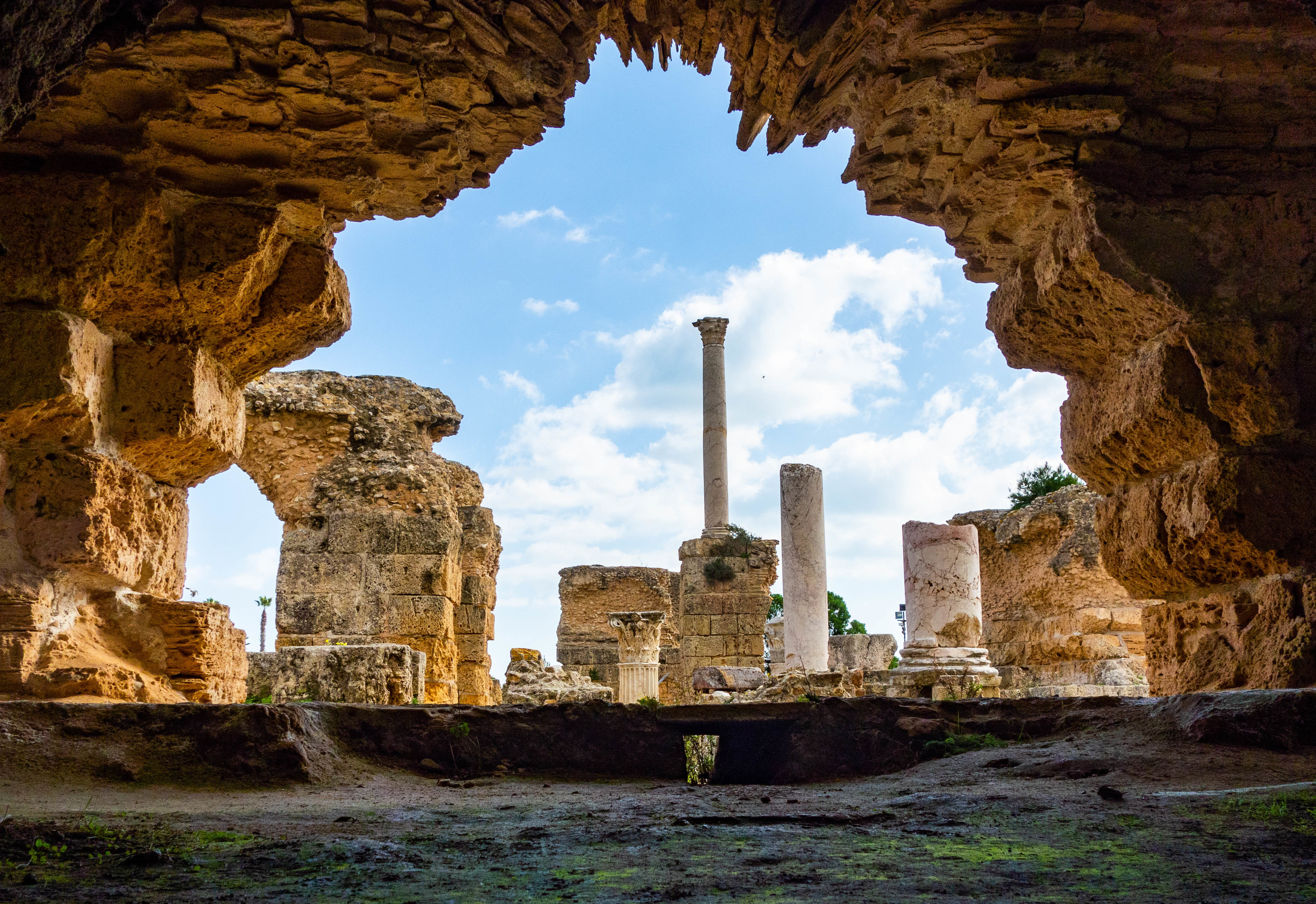
The ancient city of Carthage, located in present-day Tunisia, is a testament to the grandeur and complexity of a civilization that once dominated the Mediterranean. Known for its powerful navy, rich culture, and fierce rivalry with Rome, Carthage holds a special place in the annals of history. Let us embark on a journey through time to explore the rise, flourishing, and eventual fall of this legendary city.
A City of Maritime Masters
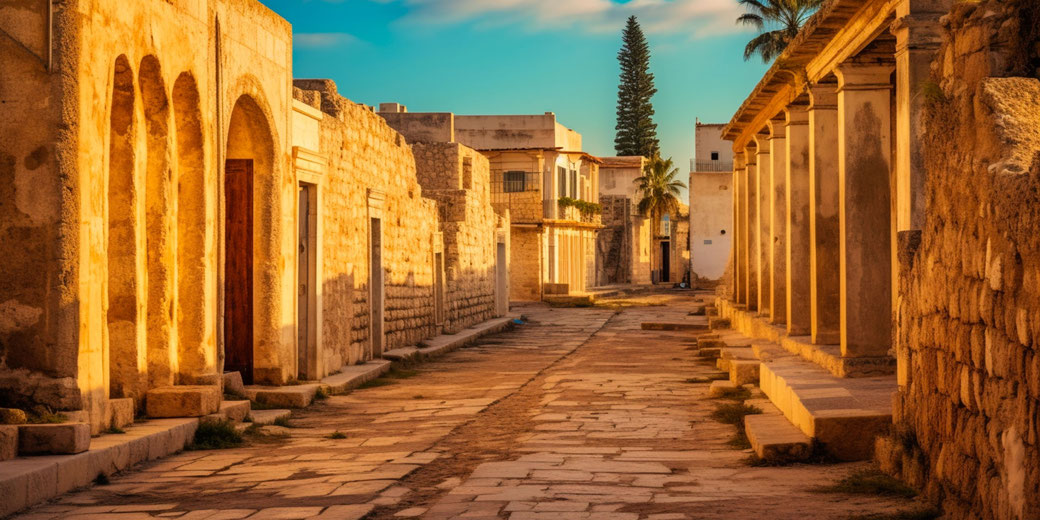
Founded by Phoenician settlers from Tyre around 814 BC, Carthage quickly rose to prominence due to its strategic location on the coast of North Africa. The city’s founders were adept seafarers and traders, which enabled Carthage to establish itself as a major hub of commerce and maritime prowess. Its extensive network of trade routes spanned across the Mediterranean, bringing wealth and cultural exchanges from various regions.
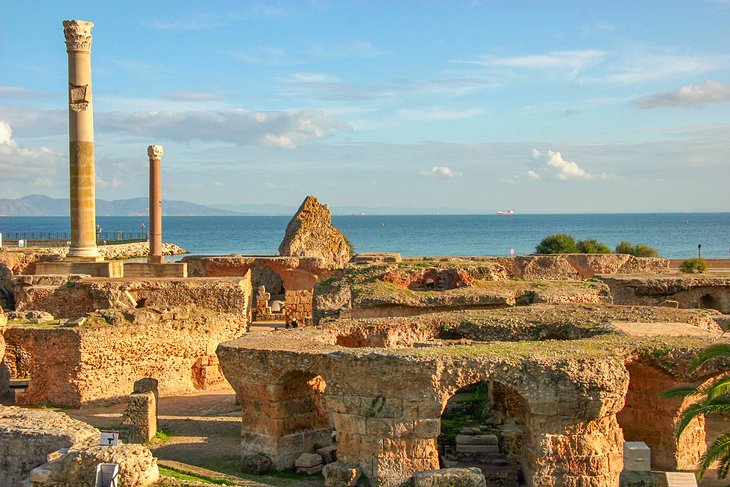
The Carthaginians were known for their exceptional shipbuilding skills and innovative naval tactics. The city’s powerful navy not only protected its vast trade network but also asserted its dominance over rival states. The famous harbors of Carthage, the Cothon, exemplify the city’s advanced engineering and organizational capabilities, featuring a circular military harbor and a rectangular commercial harbor.
Cultural and Economic Flourishing
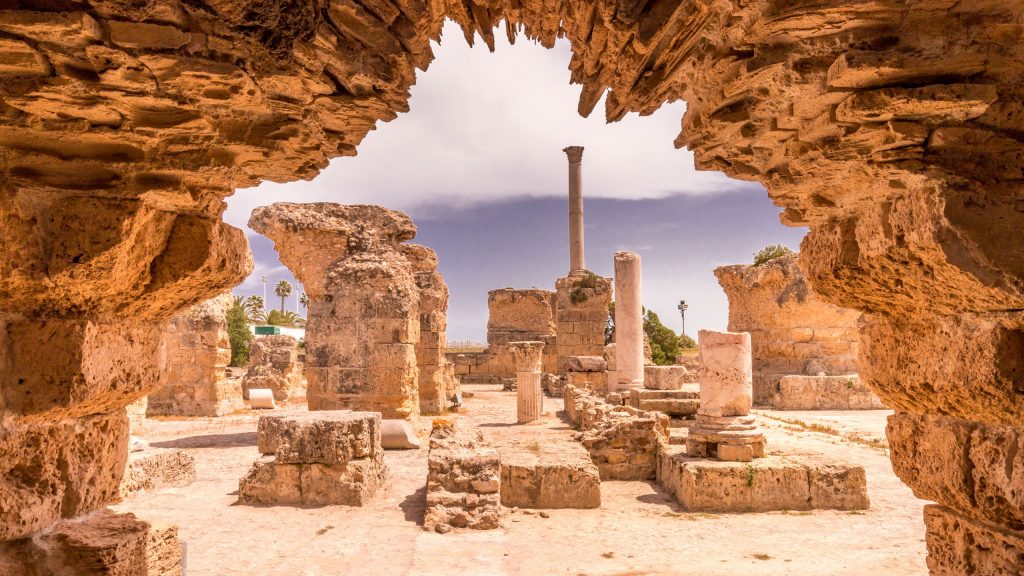
Carthage was not only a center of maritime power but also a beacon of culture and economic prosperity. The city was adorned with magnificent architecture, including grand temples, bustling marketplaces, and luxurious homes. The Tophet of Carthage, a sacred precinct, provides insights into the religious practices of the Carthaginians, who worshiped deities like Baal Hammon and Tanit.
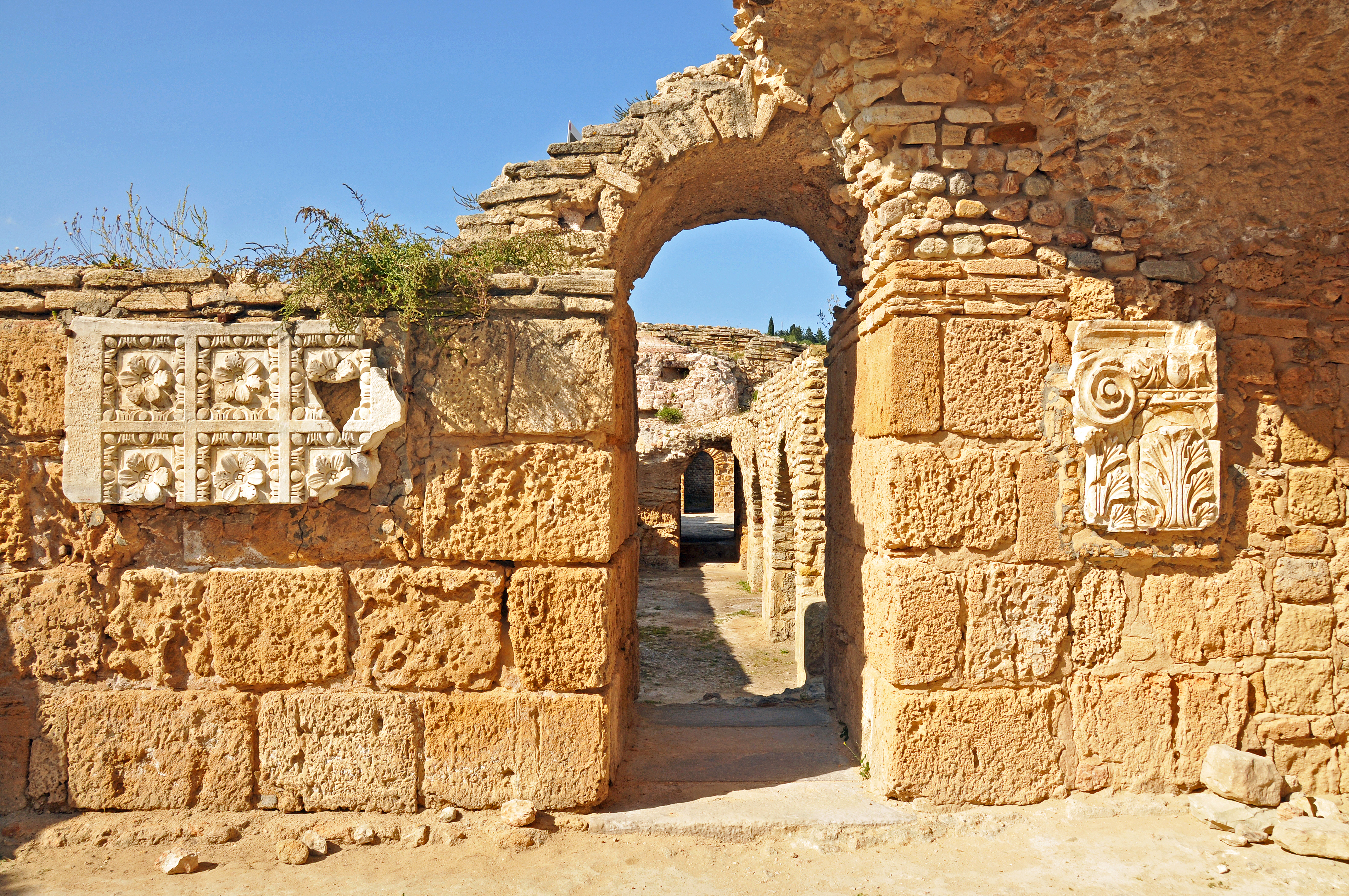
The economy of Carthage was diverse and thriving, based on agriculture, trade, and industry. The fertile lands surrounding the city produced abundant crops, while Carthaginian merchants traded goods such as wine, olive oil, textiles, and precious metals. The city’s artisans were skilled in producing exquisite pottery, jewelry, and metalwork, reflecting a high level of craftsmanship and artistic achievement.
The Punic Wars: Clash of Titans
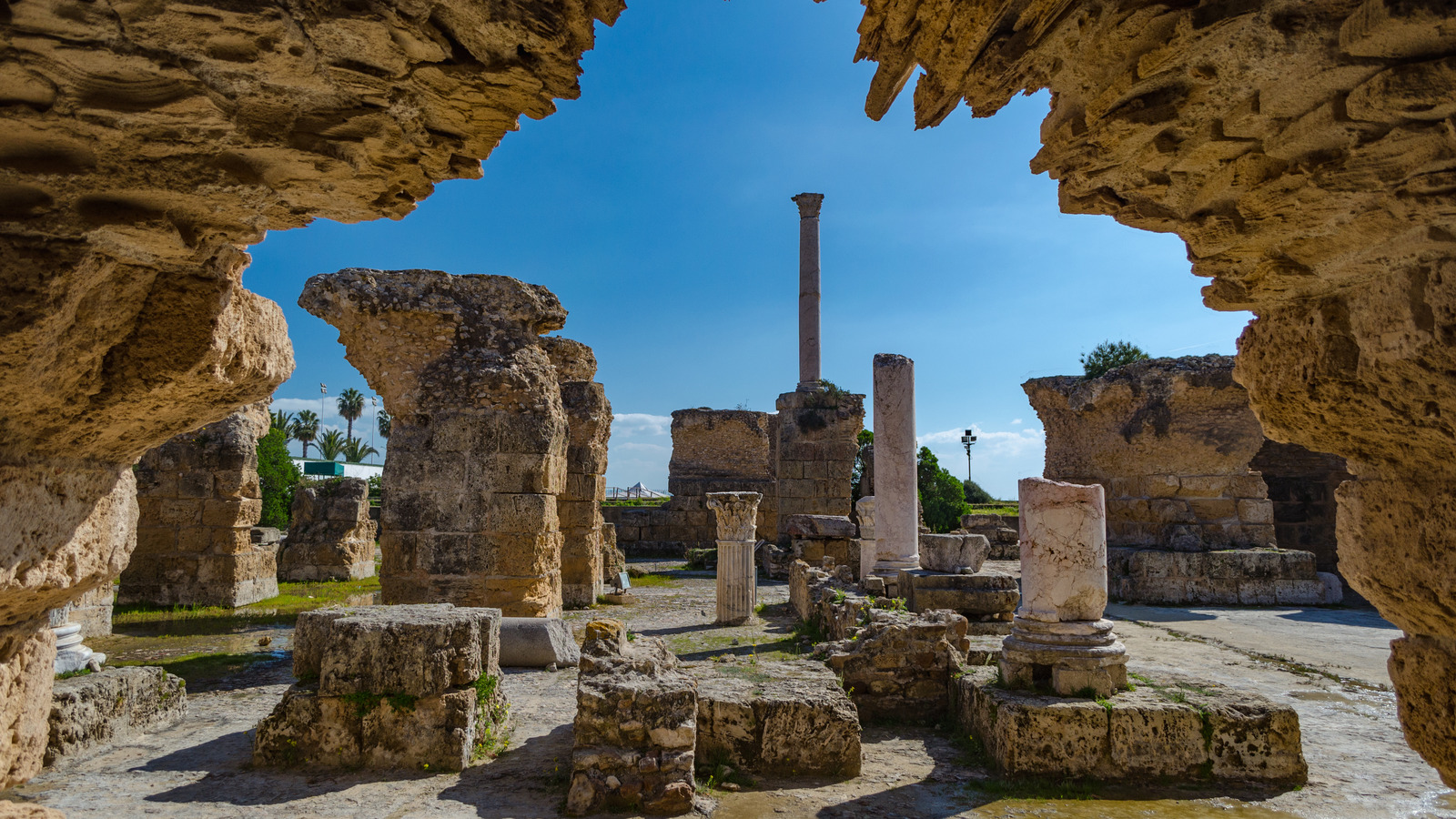
Carthage’s rivalry with Rome culminated in a series of conflicts known as the Punic Wars, which spanned over a century from 264 BC to 146 BC. These wars were marked by epic battles, strategic maneuvers, and legendary figures such as Hannibal Barca. Hannibal’s daring crossing of the Alps with his war elephants during the Second Punic War remains one of the most remarkable military feats in history.
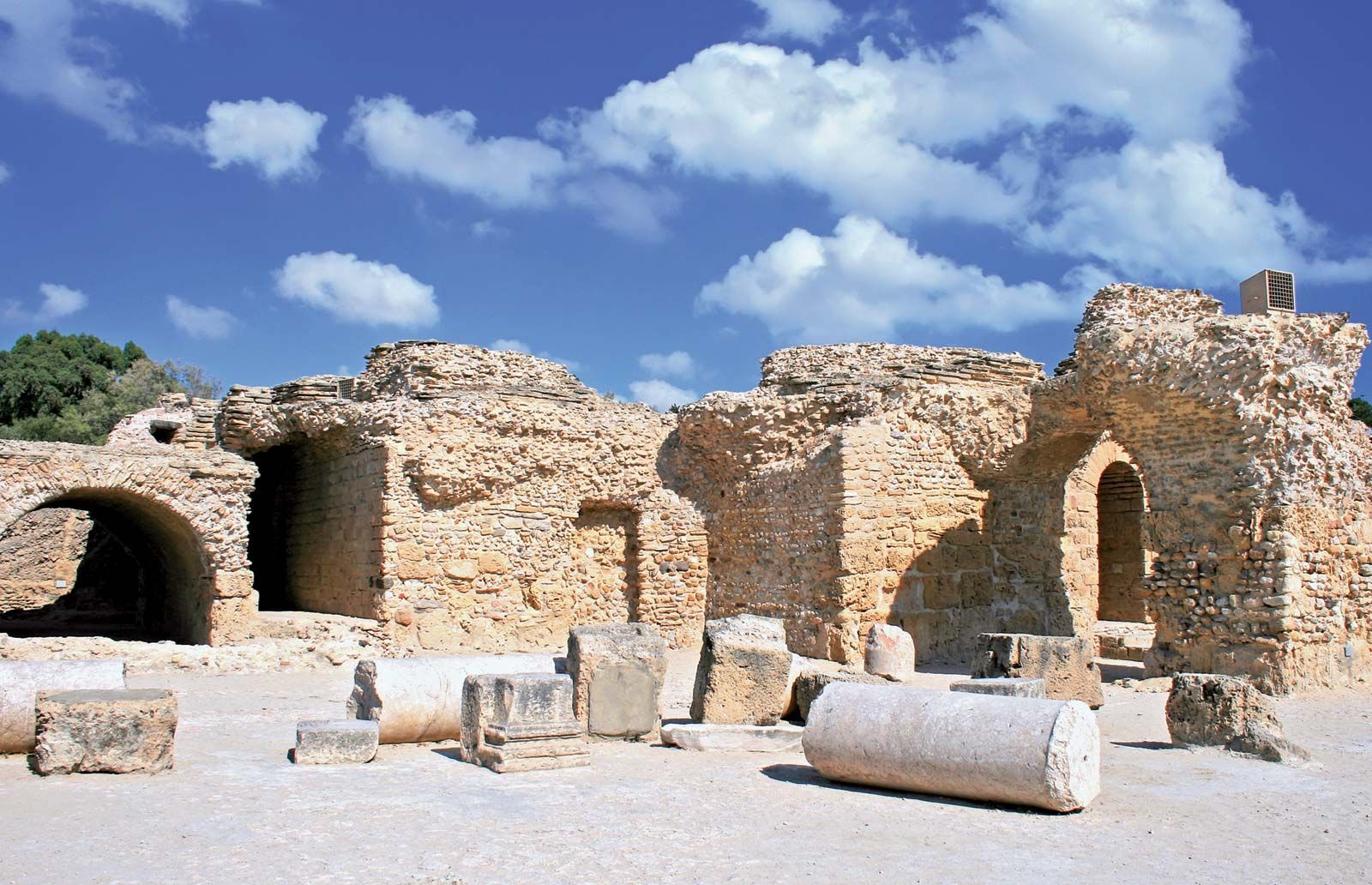
Despite initial successes, Carthage ultimately faced defeat at the hands of Rome. The Third Punic War ended with the complete destruction of the city in 146 BC, as Roman forces led by Scipio Aemilianus razed Carthage to the ground. The city’s fall marked the end of Carthaginian power and the beginning of Roman dominance in the Mediterranean.
The Legacy of Carthage
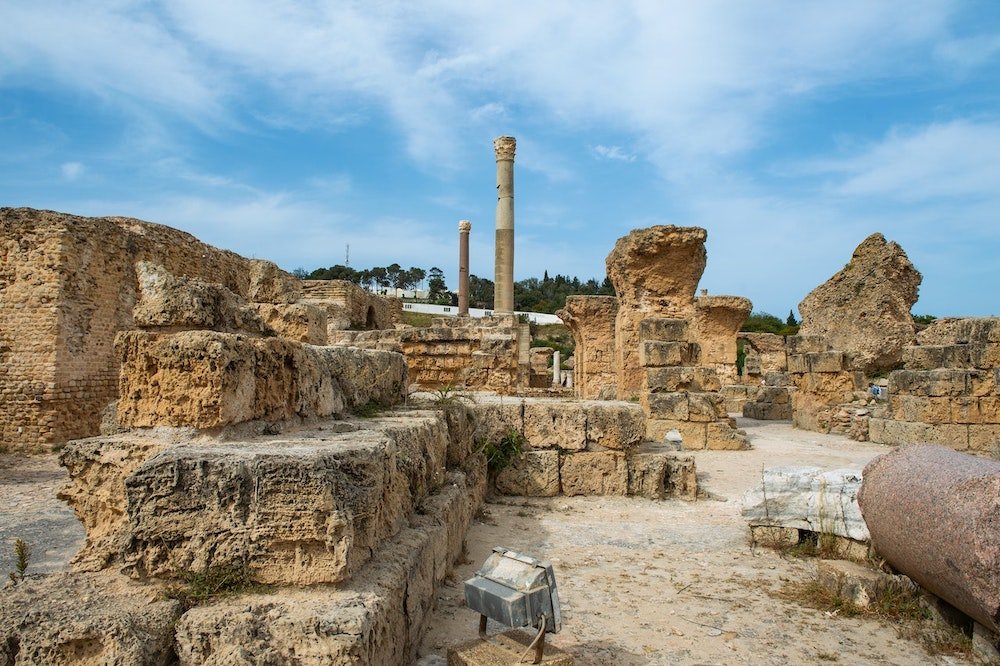
The legacy of Carthage endures through its contributions to maritime trade, military strategy, and cultural exchange. The ruins of Carthage, a UNESCO World Heritage Site, continue to attract historians, archaeologists, and tourists eager to uncover the secrets of this ancient metropolis. Excavations have revealed remnants of the city’s impressive architecture, artifacts, and inscriptions that offer glimpses into its illustrious past.
Carthage’s story is a poignant reminder of the rise and fall of great civilizations and the enduring impact they leave on the world. Its history is a tapestry woven with threads of innovation, resilience, and ambition, reflecting the indomitable spirit of its people.
Conclusion

The ancient city of Carthage stands as a symbol of a bygone era of maritime dominance, cultural richness, and fierce rivalry. Its legacy, shaped by triumphs and tragedies, continues to captivate and inspire. As we delve into the history of Carthage, we gain a deeper appreciation for the complexity and brilliance of ancient civilizations and the timeless lessons they impart.




